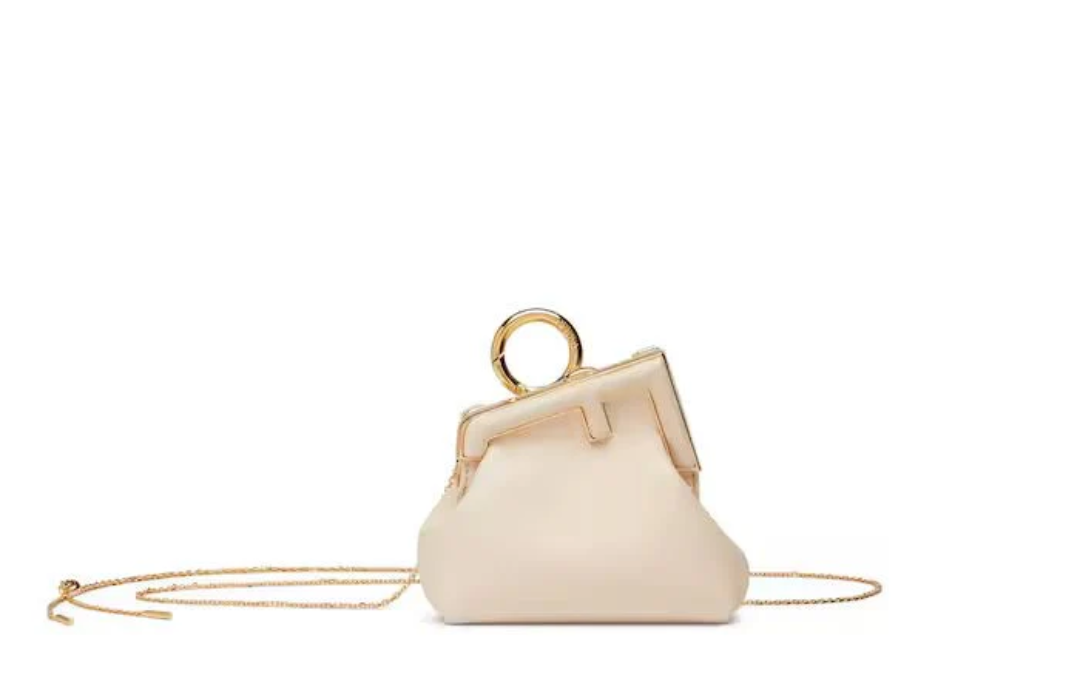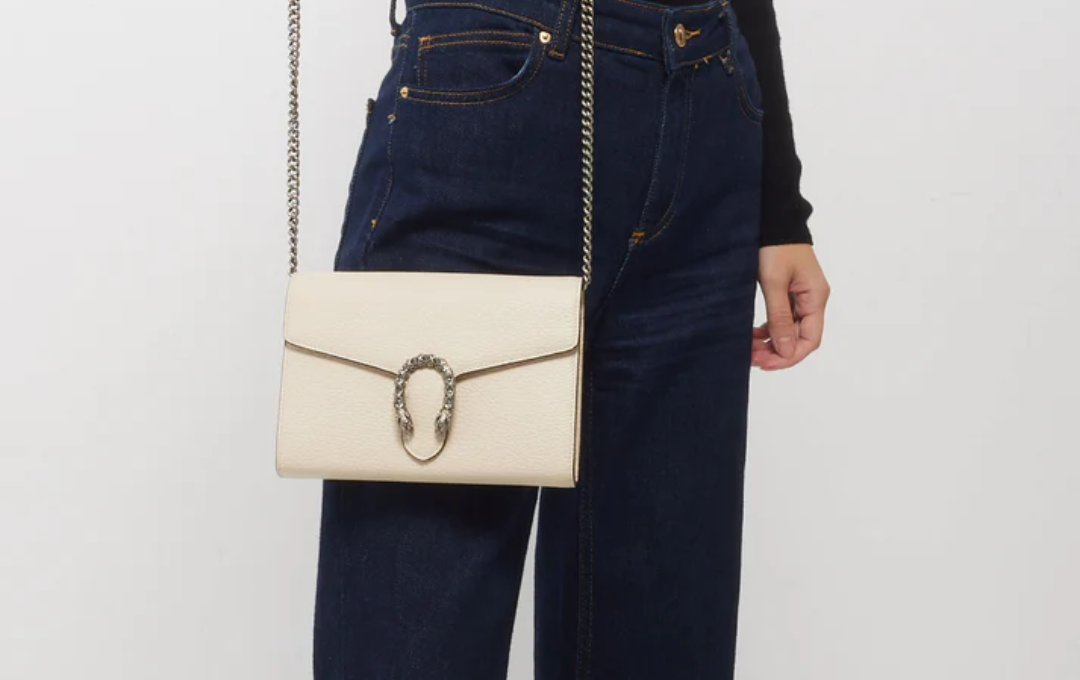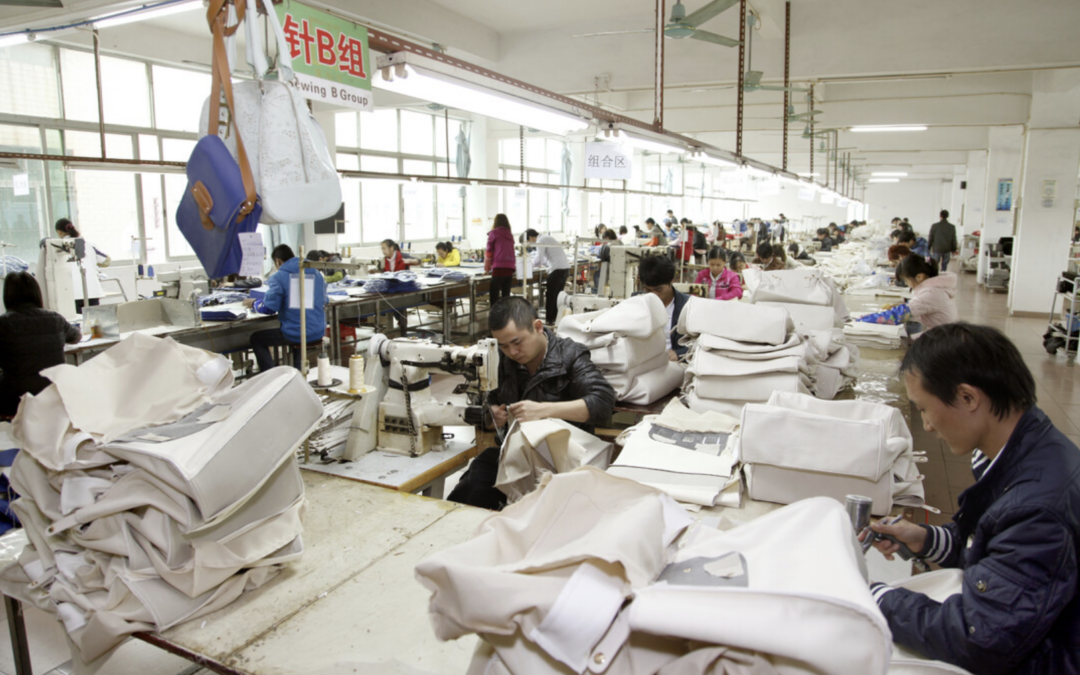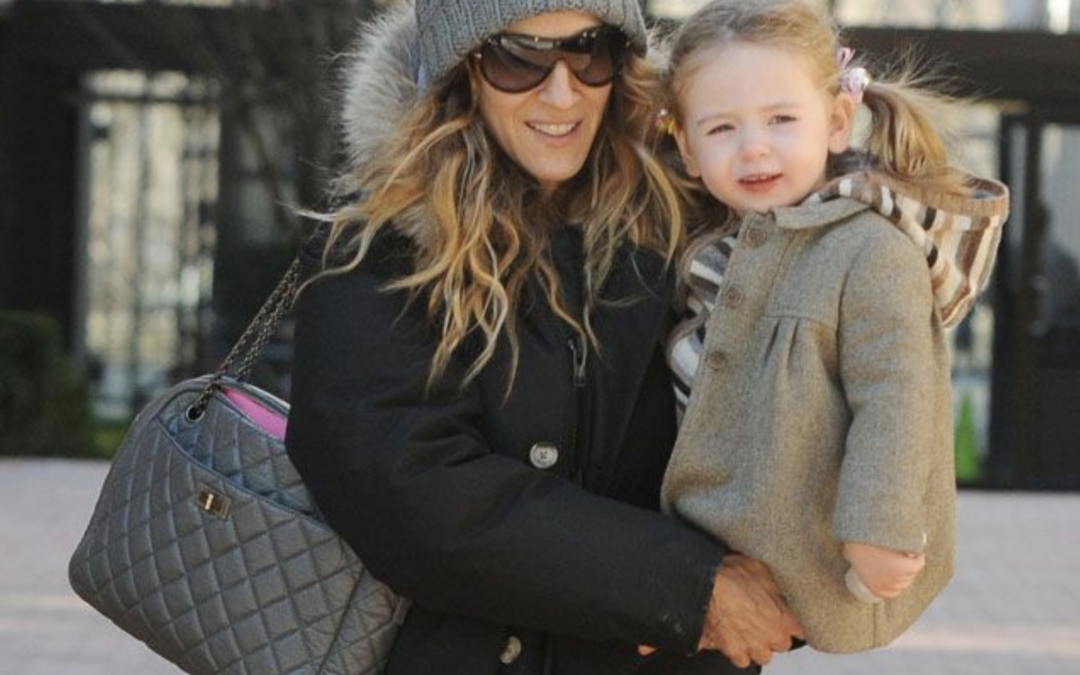
Luxe Illusions: White Bags That Look Pricier Than They Are

Luxe Illusions: White Bags That Look Pricier Than They Are
Let’s be clear: white isn’t for wallflowers. It’s a statement — bold, fearless, and unbothered by the risks of espresso spills or urban dust. In 2025, white reigns as the color of quiet confidence, the kind that says, “I live dangerously — and stylishly.” It’s for those who aren’t afraid to turn heads, invite questions, or even raise eyebrows. Wearing white, especially in the form of a sleek, standout accessory, isn’t about playing it safe — it’s about making a scene. And the best part? You don’t need to max out your credit card to do it. There’s a sweet spot between accessible and aspirational, and smart shoppers are finding it in these crisp, covetable designs.
But here’s the beauty of it: while some are spending thousands for designer whites, you don’t have to. With savvy picks, you can channel that same crisp, high-end vibe — no luxury loan required. These bags don’t just emulate elegance; they radiate it. They let you project a sense of effortlessness that feels expensive without being financially reckless. The truth is, fashion’s most elite moments often come down to perception — and white, when worn right, whispers old money with none of the old-money baggage.
A white bag does more than hold your keys — it sets the tone. Whether you’re drawn to the tiny-but-mighty charm of the FENDI First Nano Charm, the minimalist glam of the GUCCI Wallet With Chain, or the relaxed sophistication of the GUCCI Ophidia Small Tote With Web, one truth stands: white bags aren’t just accessories. They’re declarations. They say, “I’m in control,” even if your inbox isn’t. They turn the mundane into a moment and remind everyone around you that great style is a mindset.

The Power Look of 2025: White Bags
White is for those who treat their dry cleaner like a close friend — and don’t flinch when life gets messy. While others default to neutral tones, you’ll stand out with a dazzling accessory like the FENDI First Nano Charm gleaming on your wrist. This is more than just a color trend — it’s a lifestyle decision. Choosing white means you embrace risk in the name of elegance. It’s wearing confidence on your shoulder and daring the world to scuff it.
The GUCCI Wallet With Chain is the secret weapon of stylish multitaskers — petite, elegant, and powerful enough to turn errands into runway moments. One part fashion, one part function, this bag doesn’t just fit into your life — it elevates it. From school drop-offs to dinner reservations, it’s the kind of companion that seamlessly adapts to your day, offering sophistication in a refreshingly compact form.
Then there’s the GUCCI Ophidia Small Tote With Web, which somehow says “Italian vacation” even if you’re just heading to brunch. It’s roomy, refined, and adorned with that unmistakable GUCCI stripe — the ultimate touch of upscale cool. This tote isn’t just about looking good; it’s about feeling like your life belongs in a travel magazine, even if your passport is collecting dust. The structure, the stitching, the subtle swagger — it’s all there, packed into one deceptively relaxed design.
White Bags: For Rule-Breakers, Not Rule-Followers
Carrying a white bag is a fashion dare — and an instant spotlight. It draws admiration and assumptions: poise, polish, and perfectly timed coffee orders. People don’t just notice — they remember. It’s theatrical in the best way possible. A white bag tells a story before you say a word: that you’re the kind of person who’s in control, who can balance boldness and grace, and who knows the rules well enough to break them with flair.
The FENDI First Nano Charm captures this vibe effortlessly. It’s compact, confident, and full of flair. This is a bag that doesn’t just complement your outfit — it changes your posture. You walk differently when you carry something this chic. It’s the physical manifestation of “I’ve got this,” even if the rest of your life is held together with dry shampoo and to-do lists scribbled on napkins.
The GUCCI Wallet With Chain brings grown-up glam to the table — sharp, sophisticated, and low-key luxurious. It feels like something a modern CEO would carry — someone who makes big decisions before breakfast but still knows her way around a skincare routine. This is a bag that multitasks as hard as you do, and looks flawless doing it.
And the GUCCI Ophidia Small Tote With Web? That’s a bag that says you know your worth. It doesn’t whisper wealth — it broadcasts it, cocktail in hand. It’s oversized in the right way, structured yet inviting, and built for both aesthetics and practicality. It’s a bag for the woman who travels with style — even if her travel is just from desk to dinner.
How to Rock White Bags Without Fear
Here’s the trick to pulling off white: you pretend mess doesn’t exist. When you’re flaunting the GUCCI Wallet With Chain, people won’t ask how you keep it spotless — they’ll just assume you’ve mastered the art of grace under pressure. You don’t fuss. You don’t flinch. You simply float through the chaos in style. That’s the kind of presence white accessories create — not perfection, but poise.
No need to tiptoe around your accessories. Wear your FENDI First Nano Charm while tackling errands. Toss your GUCCI Ophidia Small Tote With Web onto a café bench like it’s bulletproof. These aren’t delicate novelties — they’re armor for the stylishly brave. The key is treating them like tools, not treasures — pieces meant to be used, flaunted, and even tested by daily life.
And let’s be honest: looking like old money without spending it? That’s the real win. These bags may look like they belong in glass cases or behind velvet ropes, but they’re meant for real life. They prove that elegance and affordability can coexist — and that real confidence isn’t about avoiding messes, but about handling them in style.

Warning: White bags may lead to increased confidence and possibly world domination.
Designer Dupes: Affordable White Bags That Mirror High-End Icons
With the price of designer handbags soaring, many style-conscious shoppers are turning to well-crafted dupes that echo the look of iconic luxury bags—without the guilt or financial strain. This article showcases affordable white bags that capture the spirit of high-end classics like the CHANEL Flap, the CELINE Box Bag, or the DIOR Saddle. Featuring side-by-side comparisons and shopping links, it offers fashion lovers a chance to build a premium-looking collection at a fraction of the cost. It also discusses the ethical and practical considerations of choosing a quality dupe over a knockoff or original designer item.
Step Into the Spotlight
While the world leans into safe tones, white is your chance to rebel — stylishly. It says, “Yes, I dared. And yes, I nailed it.” And no, you didn’t need to splurge to make it happen. The magic of white lies in its ability to elevate — to take even the simplest outfit and infuse it with a level of sophistication that can’t be faked. And in 2025, when everyone else is playing it safe, you’ll be the one setting the pace — effortlessly, stylishly, and unapologetically.
This year, stop waiting for an excuse to be fabulous. Make every outing a fashion moment. Grab the bag, take the stage, and let 2025 be your most stylish year yet — because icons don’t blend in. And neither should you.











